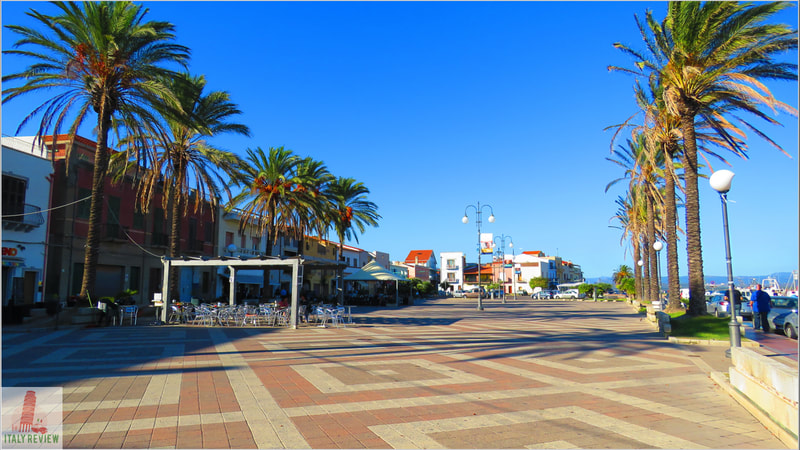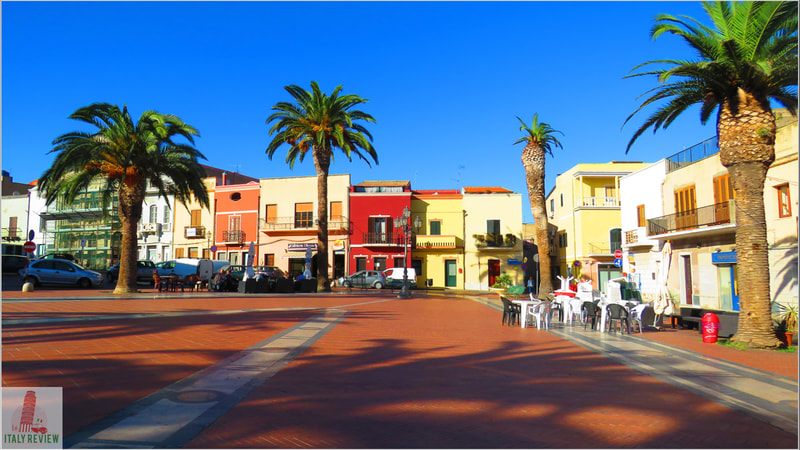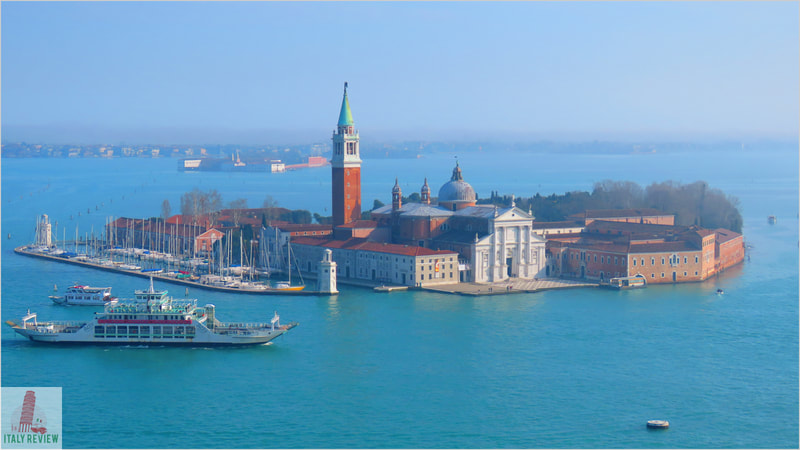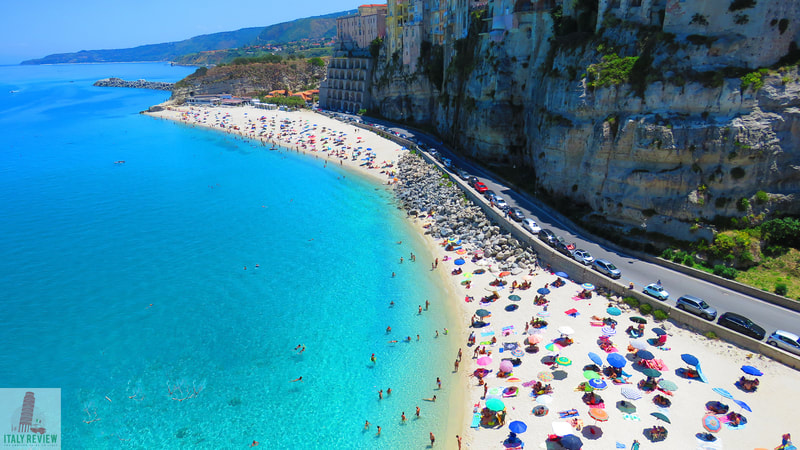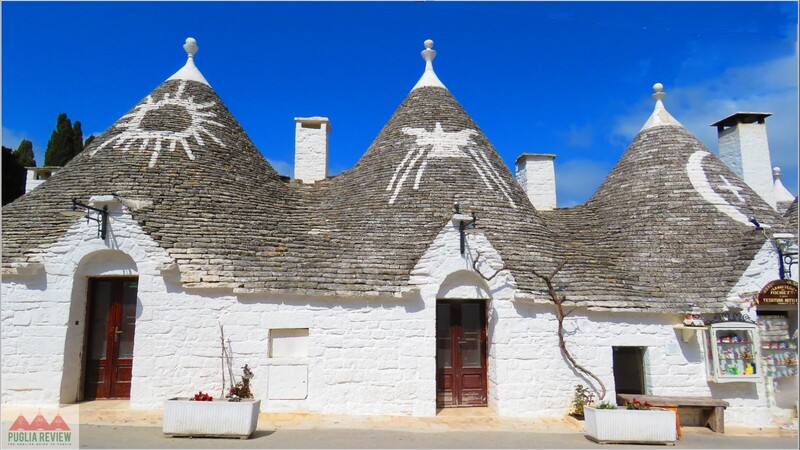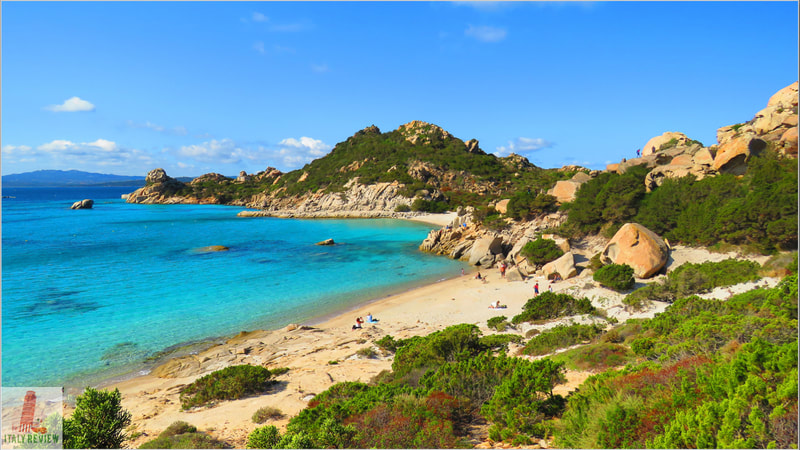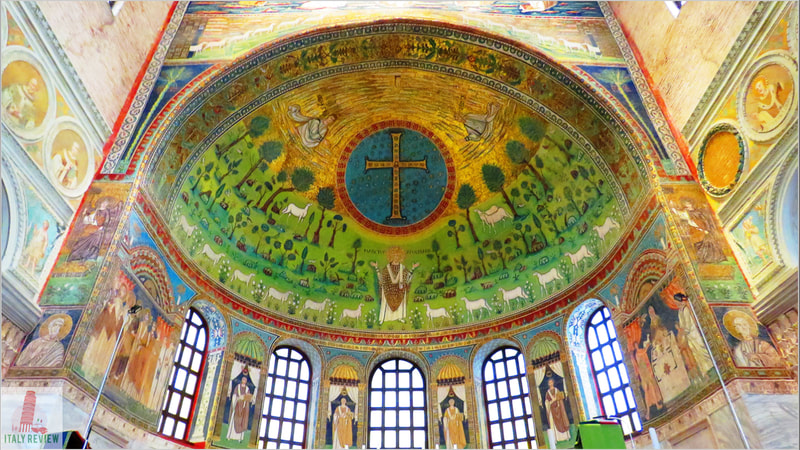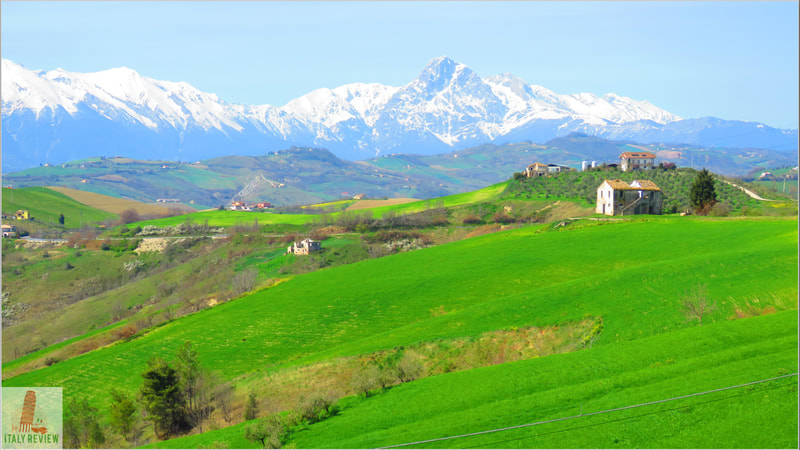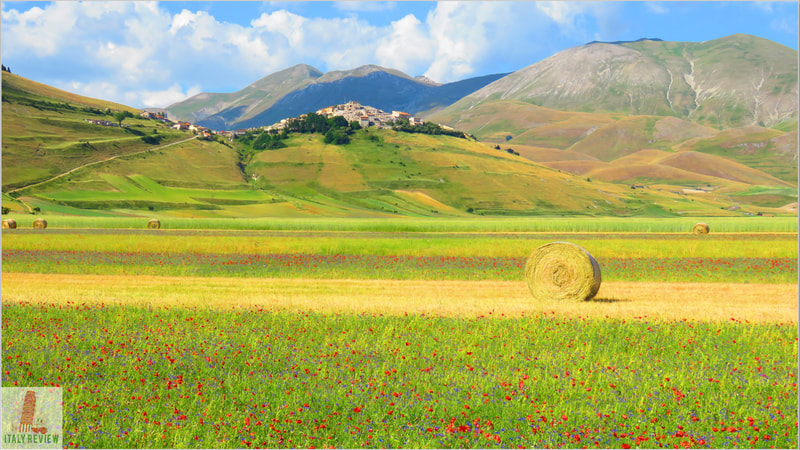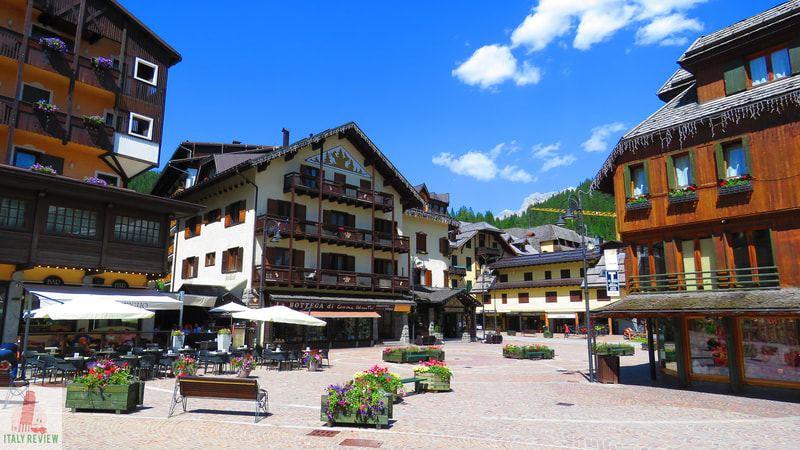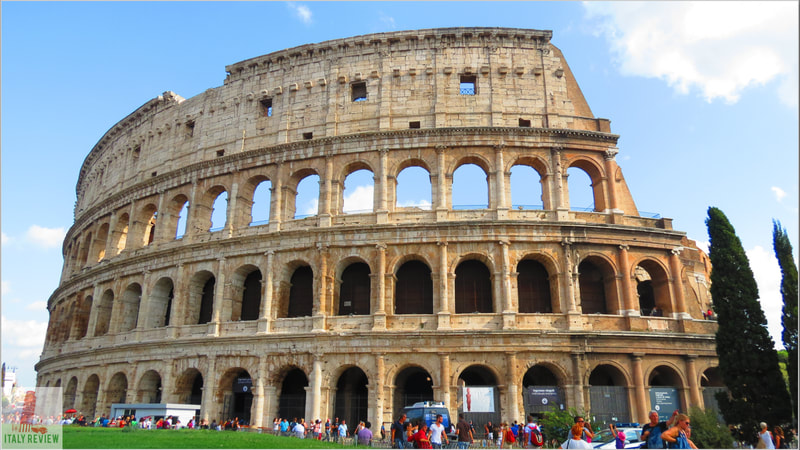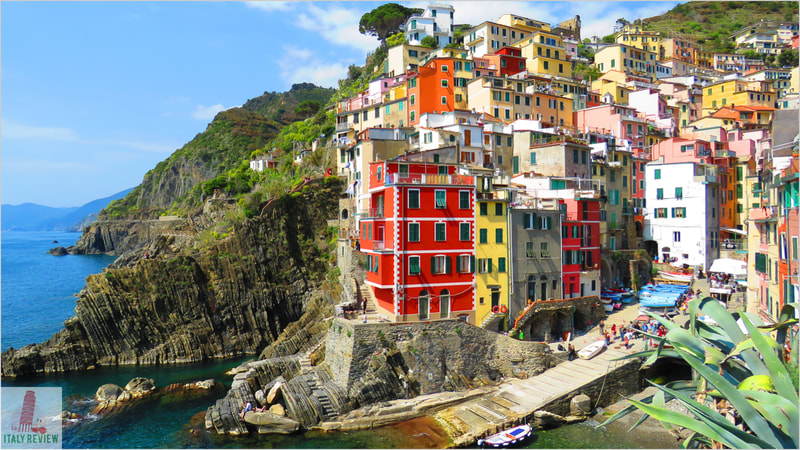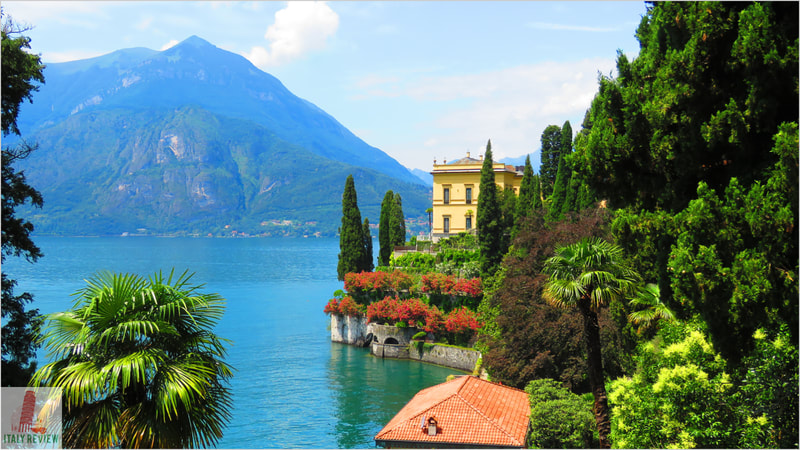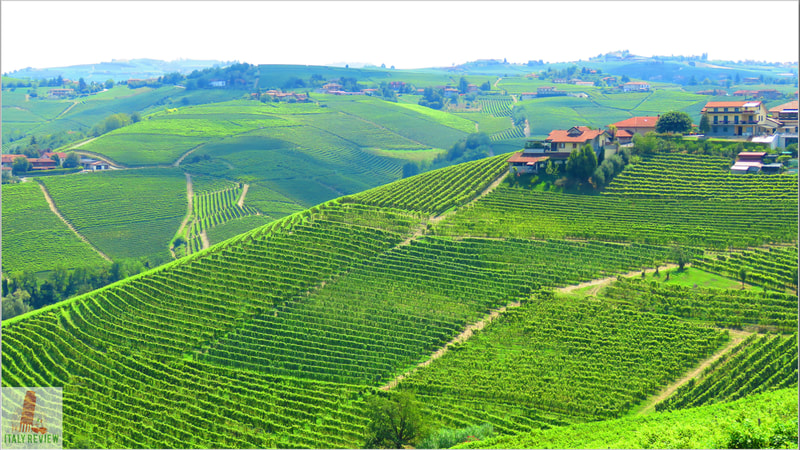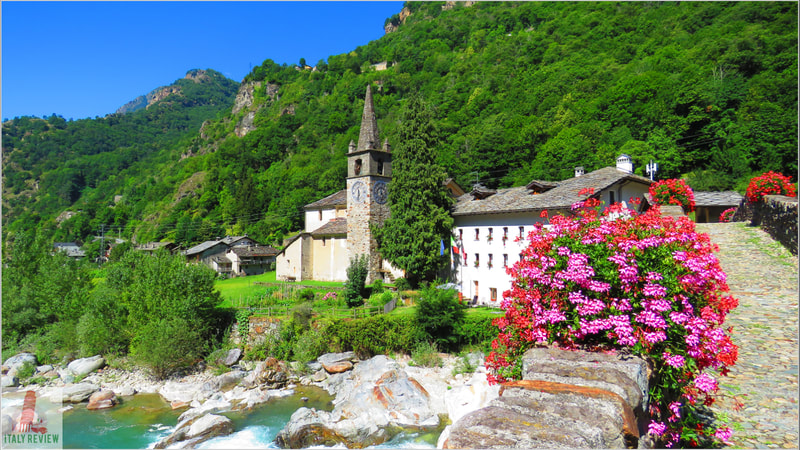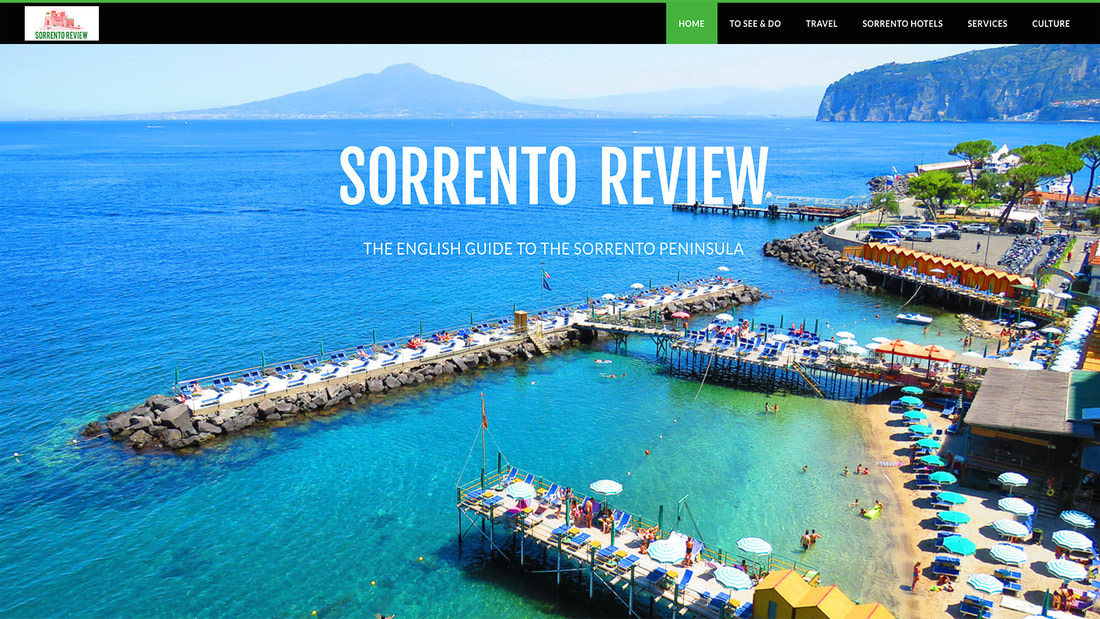Sant'Antioco Town
|
By Dion Protani
|
Latest update: 18 November 2023
|
|
The main town of the eponymous island is Sant'Antioco Town which is simply known locally as Sant'Antioco.
The island, and the town itself can be accessed via a modern road bridge that connects it to the Sardinian mainland with the new bridge lying adjacent to a Roman one that performed the same role during ancient times. |
Related links
Profile
Sant'Antioco is a historic town located on the island of Sant'Antioco, which is part of the Sulcis region in the southwestern coast of Sardinia, Italy. It is the second-largest island in Sardinia and is connected to the mainland by a bridge. Sant'Antioco offers a unique blend of ancient history, traditional culture, and natural beauty, making it an intriguing destination for travelers.
History
The history of Sant'Antioco dates back to ancient times. The island was originally settled by the Phoenicians, and evidence of their presence can still be seen in the Tophet, an archaeological site where urns containing the remains of children and animals were found, believed to be part of a religious ritual.
The town was later inhabited by the Carthaginians, the Romans, and other civilizations that left their marks on the island's cultural heritage. Sant'Antioco also played a crucial role during the early Christian period and is named after Saint Antioco, a Christian martyr.
The town was later inhabited by the Carthaginians, the Romans, and other civilizations that left their marks on the island's cultural heritage. Sant'Antioco also played a crucial role during the early Christian period and is named after Saint Antioco, a Christian martyr.
Highlights and nearby attractions
- Historical Centre: The town's historical center is a maze of narrow streets, charming squares, and ancient buildings. Visitors can explore the medieval architecture, churches, and historical landmarks.
- Basilica of Sant'Antioco: The Basilica of Sant'Antioco is an important religious site and a beautiful example of Romanesque architecture. It is dedicated to the town's patron saint and houses valuable artifacts and artworks.
- Museum and Archaeological Sites: Sant'Antioco has an Archaeological Museum that showcases artifacts from the island's ancient past, including Phoenician, Punic, and Roman artifacts. Visitors can also explore the Tophet and the Roman Acropolis archaeological site.
- Beaches: The island of Sant'Antioco boasts several beautiful beaches, such as Maladroxia, Cala Sapone, and Spiaggia Grande, offering opportunities for sunbathing and swimming in the clear waters.
- Seafood and Cuisine: Sant'Antioco is famous for its delicious seafood dishes, and visitors can enjoy fresh fish, octopus, and other local specialties at the town's restaurants and trattorias.
- Traditional Festivals: The town celebrates various traditional festivals throughout the year, offering a chance to experience local customs and cultural events.
- Fishing Tradition: Sant'Antioco has a strong fishing tradition, and visitors can see colorful fishing boats in the harbor and explore the town's fish market.
- Accommodation: The town provides various accommodation options, including hotels, guesthouses, and vacation rentals, ensuring a comfortable stay for tourists.
- Nature and Birdwatching: Sant'Antioco and the surrounding area offer opportunities for nature lovers, with scenic coastal landscapes and birdwatching spots.
- Accessibility: Sant'Antioco can be reached by car from major towns and cities in Sardinia. The nearest airport is Cagliari-Elmas Airport, located approximately 90 kilometers away.
Comune di Sant'Antioco
|
Province: South Sardinia
Region: Sardinia Population: 10,645 (source: ISTAT 1 January 2023) Size: 116 km² Close by: Spiaggia di Coaquaddus, Spiaggia Grande, Calasetta Fly to: Cagliari Elmas Airport - 1 hour 8 minutes by car (83 km) Recommended accommodation: Hotel Le Sabbie (12 km) |

